Startup headed by ex-Apple engineer aims to eliminate smartphone buttons
Sentons is also working on a virtual jog wheel which allows users to scroll through apps on phones
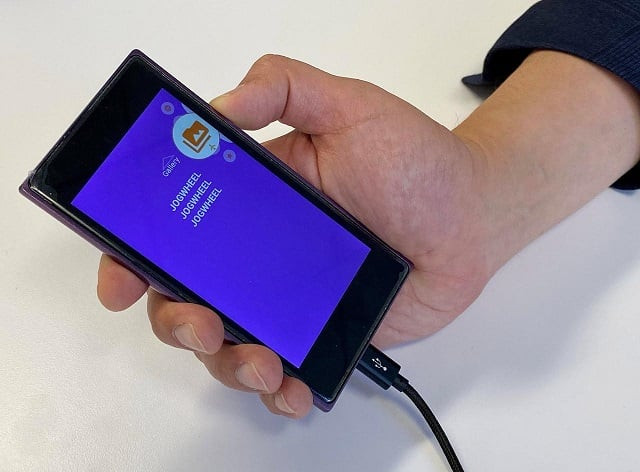
Jess Lee, Chief Executive Officer of technology startup Sentons Inc, demonstrates the company’s virtual jog wheel feature based on a custom sensor on a test device in San Francisco, California, U.S. October 14, 2019. Picture taken October 14, 2019. PHOTO: REUTERS
Headed by Jess Lee, an engineer who sold his previous company to Apple, Sentons announced a sensor system that uses ultrasonic sound waves to detect touches, presses, and swipes on a variety of materials such as the metal edges around a smartphone.
The technology is already being used by Taiwan’s Asus and its partner Tencent Holdings in a phone designed for gamers that were released in China this summer.
Apple awards iPhone supplier Corning $250 million from US manufacturing fund
In the Asus phone, the sensors allow gamers to hold the phone horizontally and tap “Air Triggers” along its top edge as virtual buttons with their index fingers while their thumbs tap the screen.
“Touch screens are great, but (phone makers) hadn’t been able to figure out how to add interactivity to the sides,” Lee told Reuters in an interview.
“With the thinner and thinner form factors, perhaps even all-glass or with funky metallic edges that are really, really thin, there’s no space for buttons.”
Lee, who sold an image sensor startup called InVisage Technologies to Apple in 2017, declined to identify the two other smartphone makers Sentons is working with.
The core of Sentons’ technology is a custom chip that sends out the sound waves and contains a processor and algorithms for understanding various gestures.
Apple taps recycled rare earth elements for iPhone parts
Sentons is also working on a virtual jog wheel which allows users to scroll through apps on phones that have become too large to hold with one hand. Another project is a virtual shutter button to focus a phone’s camera, similar to the way a physical shutter button works on dedicated digital cameras, Lee said.
San Jose, California-based Sentons has about 50 employees and has raised $37.7 million in funding from New Enterprise Associates and Northern Light Venture Capital.
Beyond smartphones, Lee said the company hopes to add touch interactions to devices where screen space is either extremely limited, such as the frames of smart glasses or the bands of smartwatches, or where there are no screens at all, like the steering wheels of cars.
In cars, “there are lots of luxurious materials - woods and leathers and metals,” he said.
“We can make all of that active.”

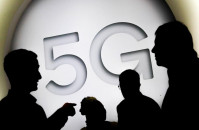
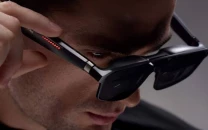
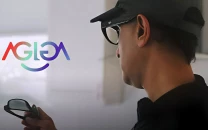
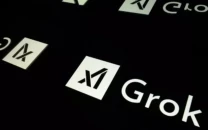
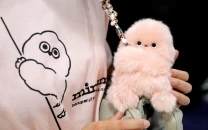













COMMENTS
Comments are moderated and generally will be posted if they are on-topic and not abusive.
For more information, please see our Comments FAQ